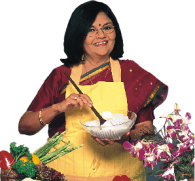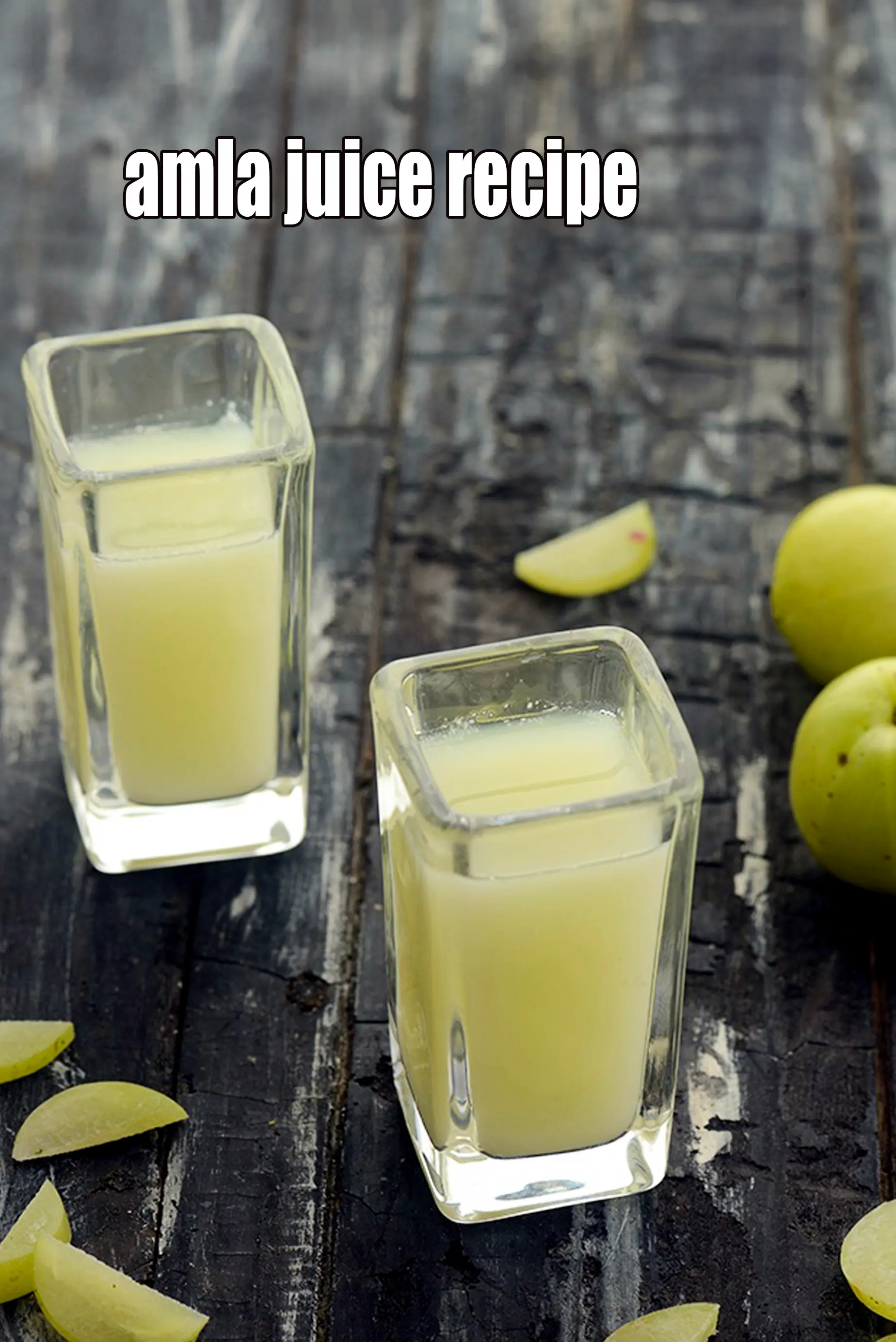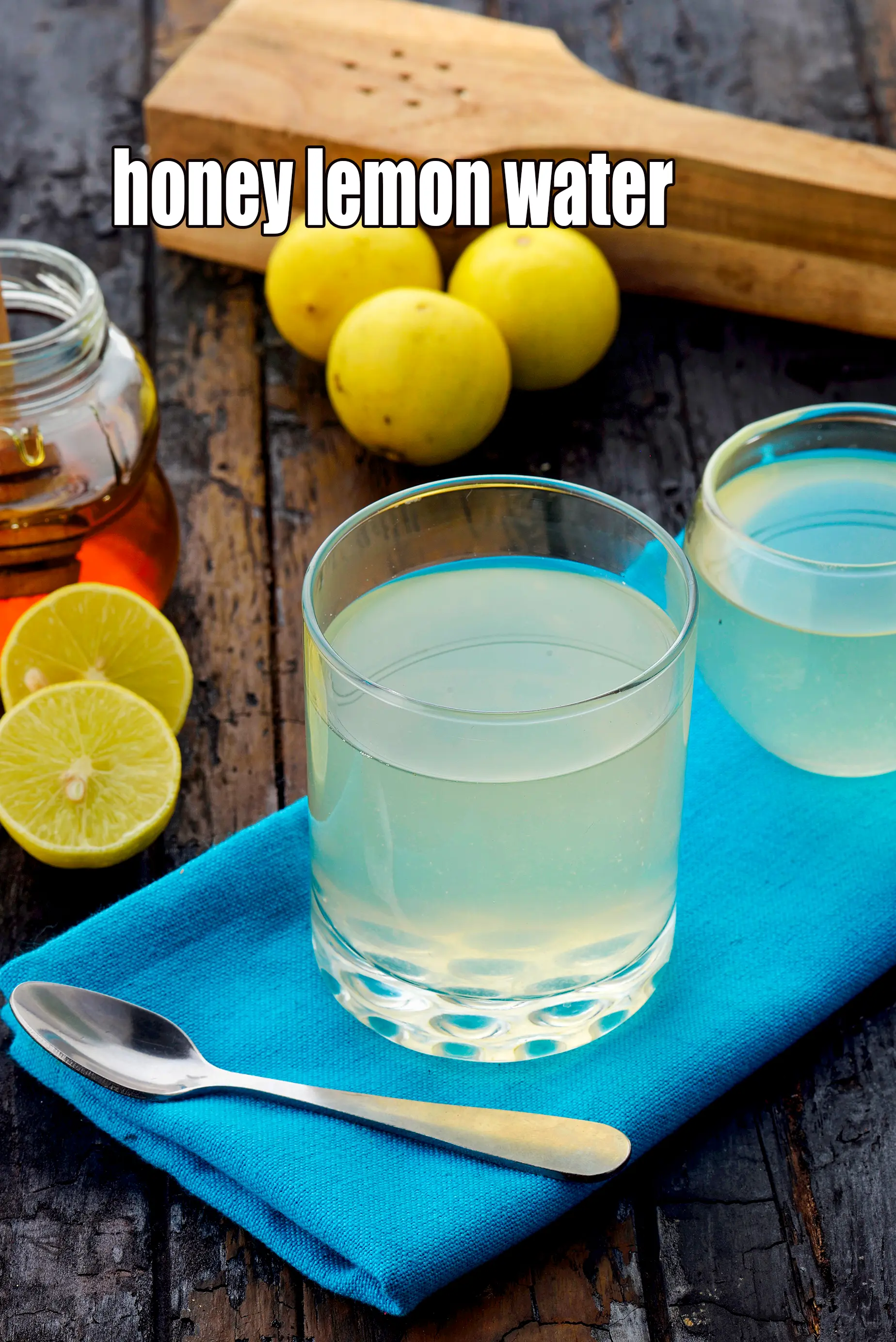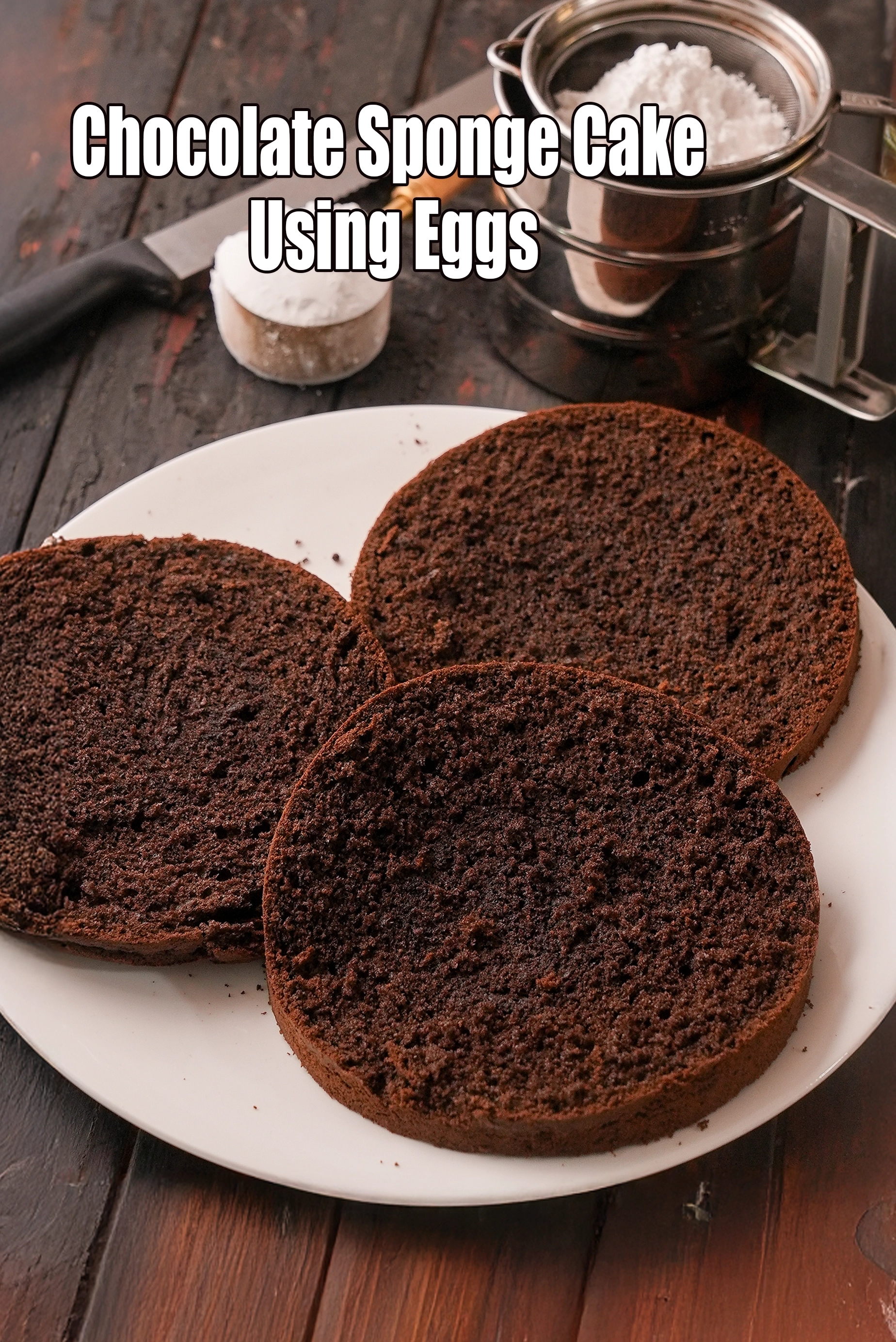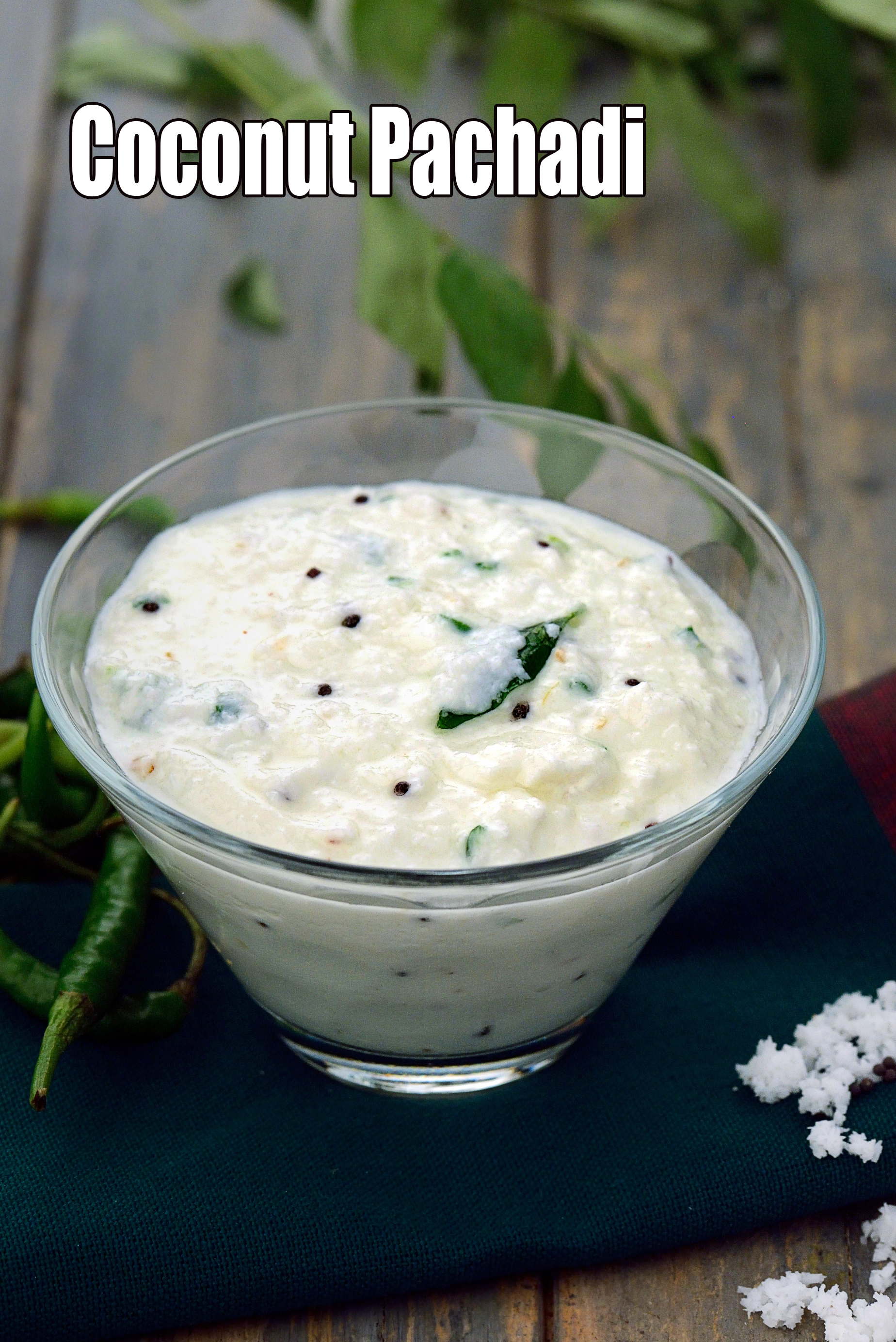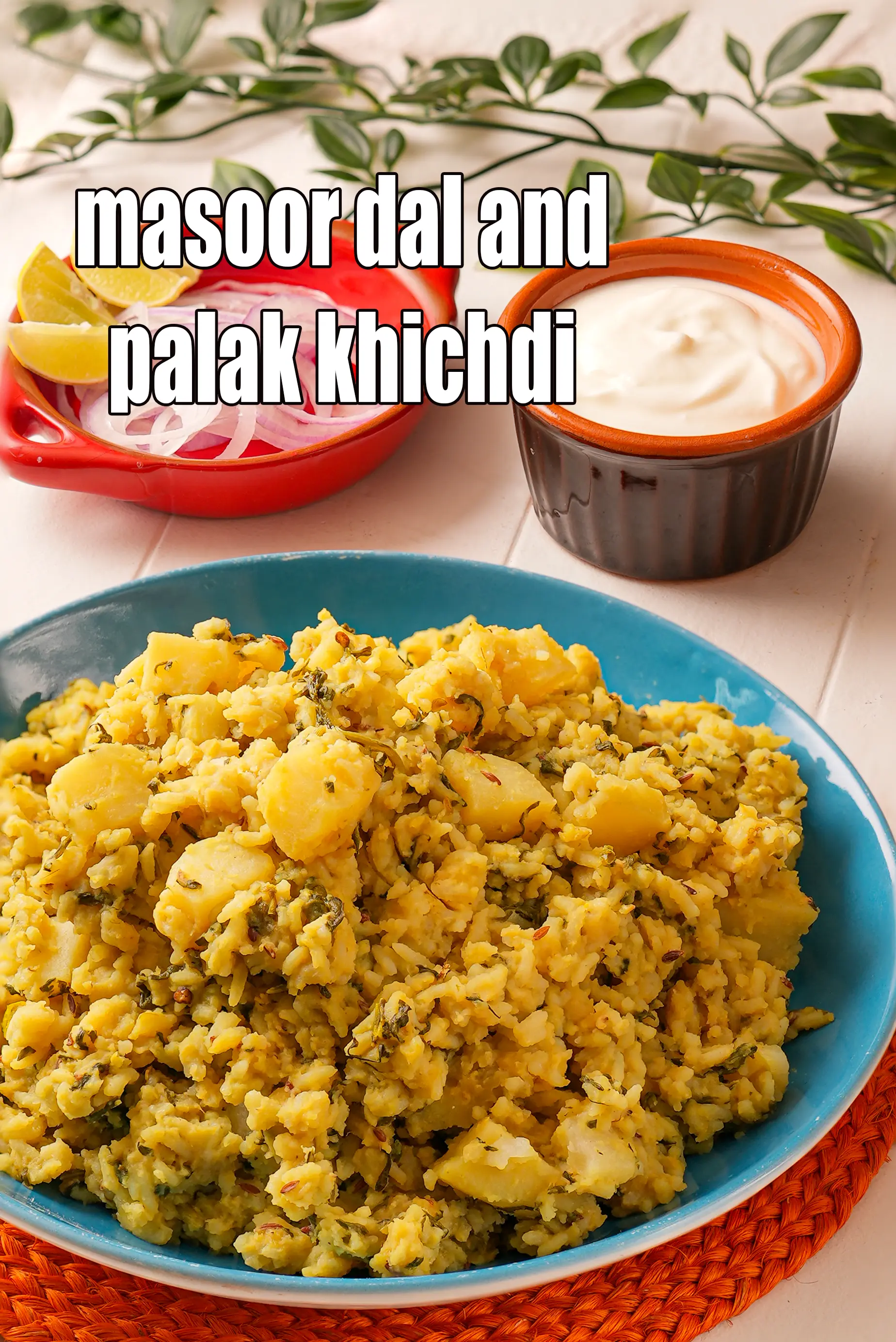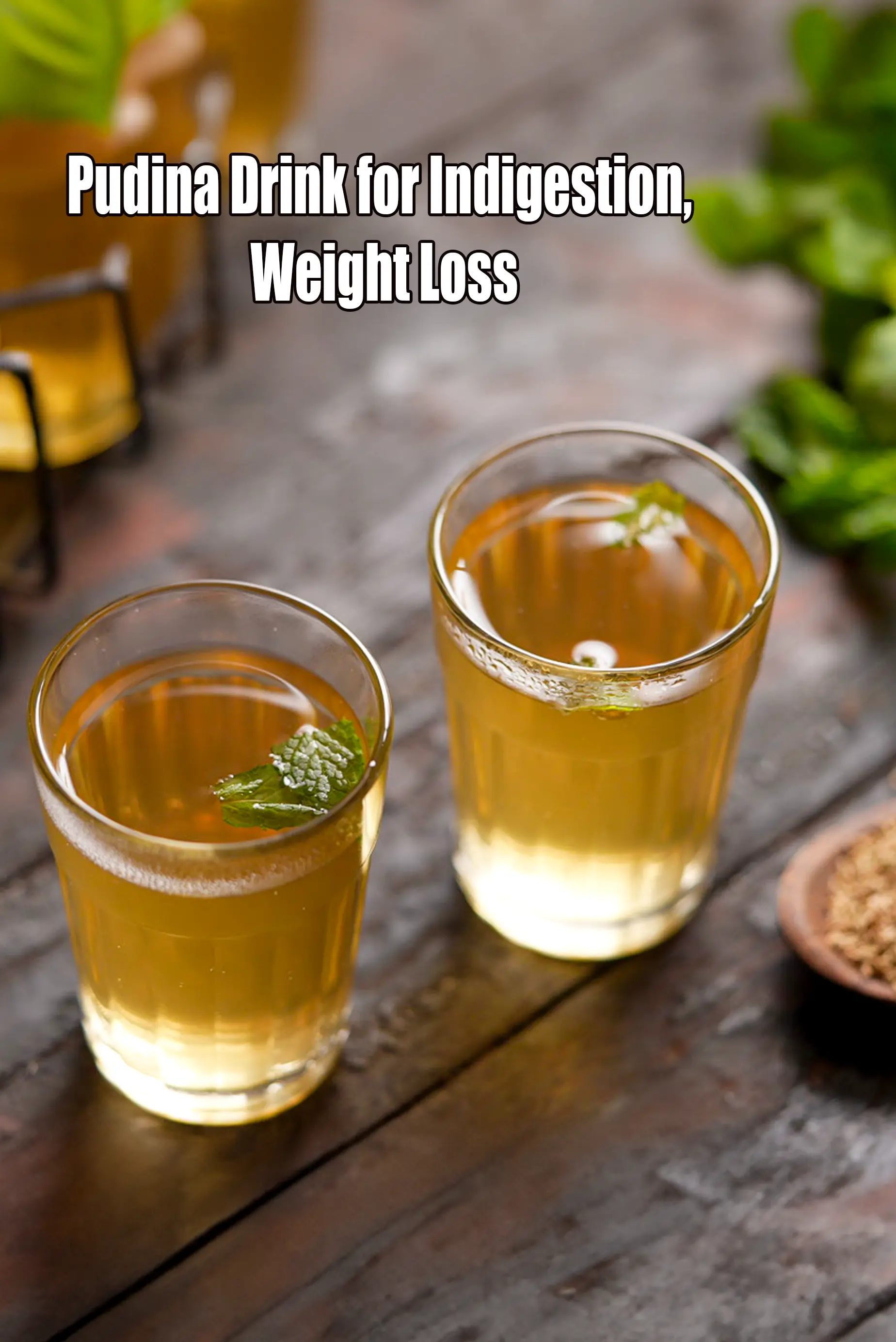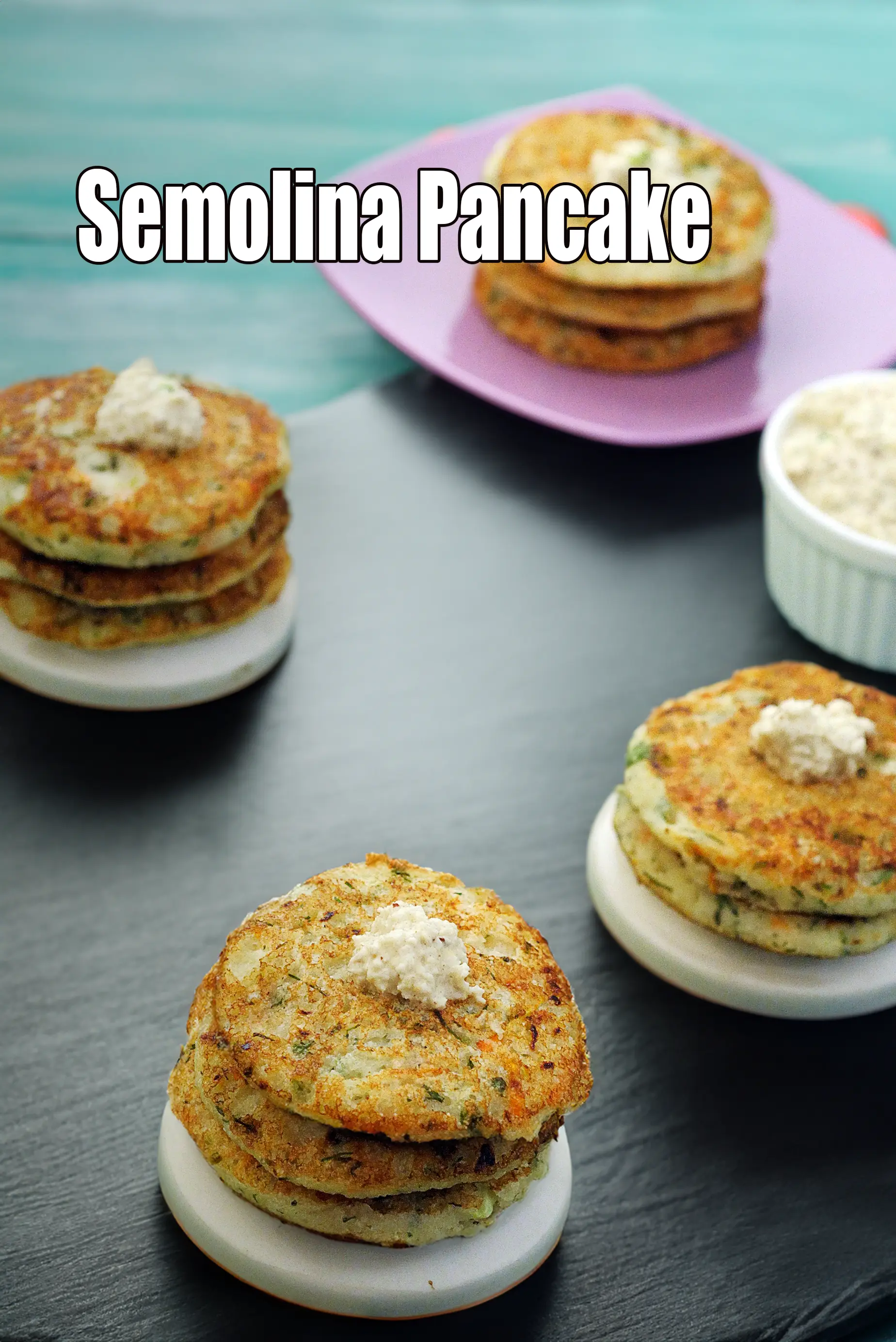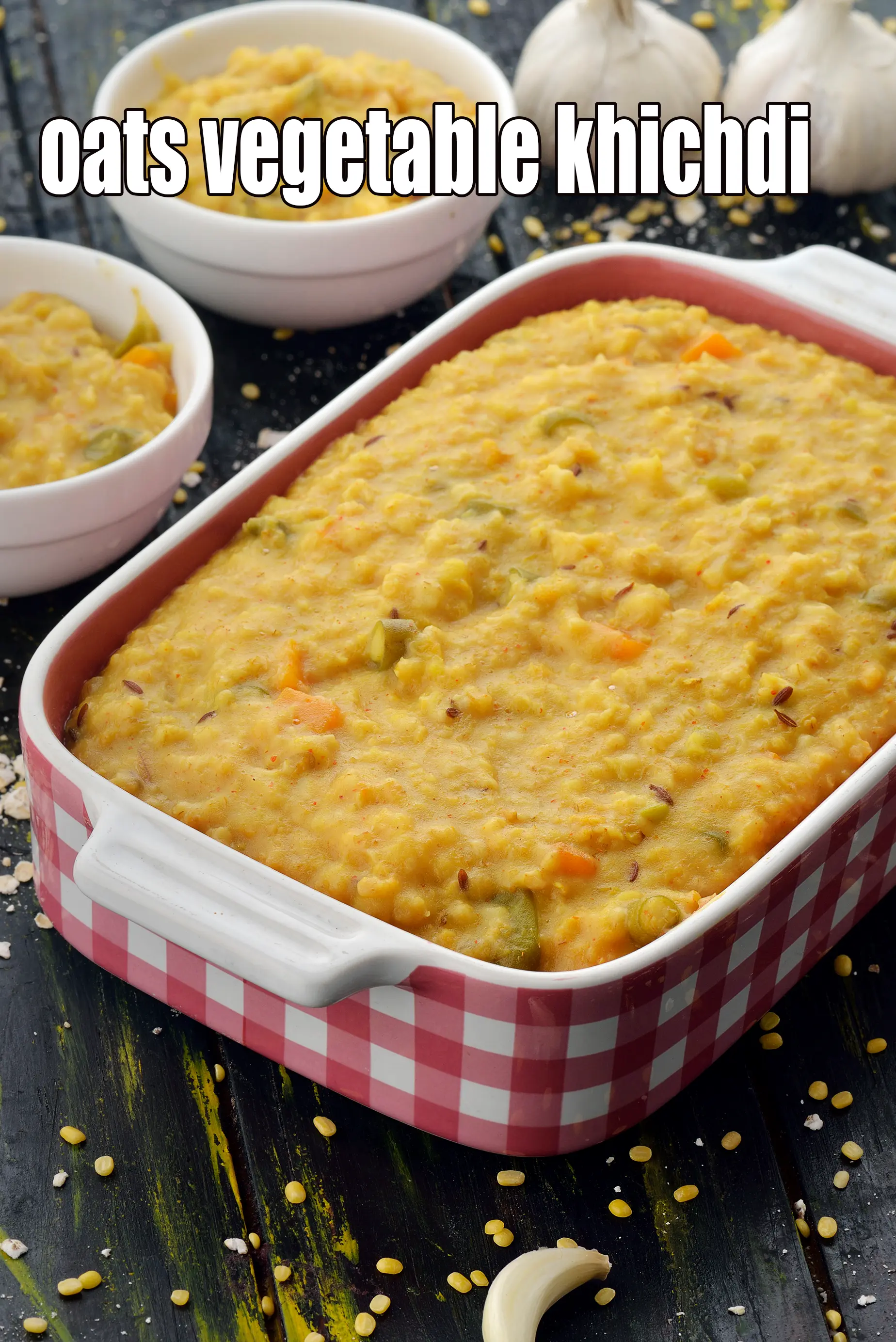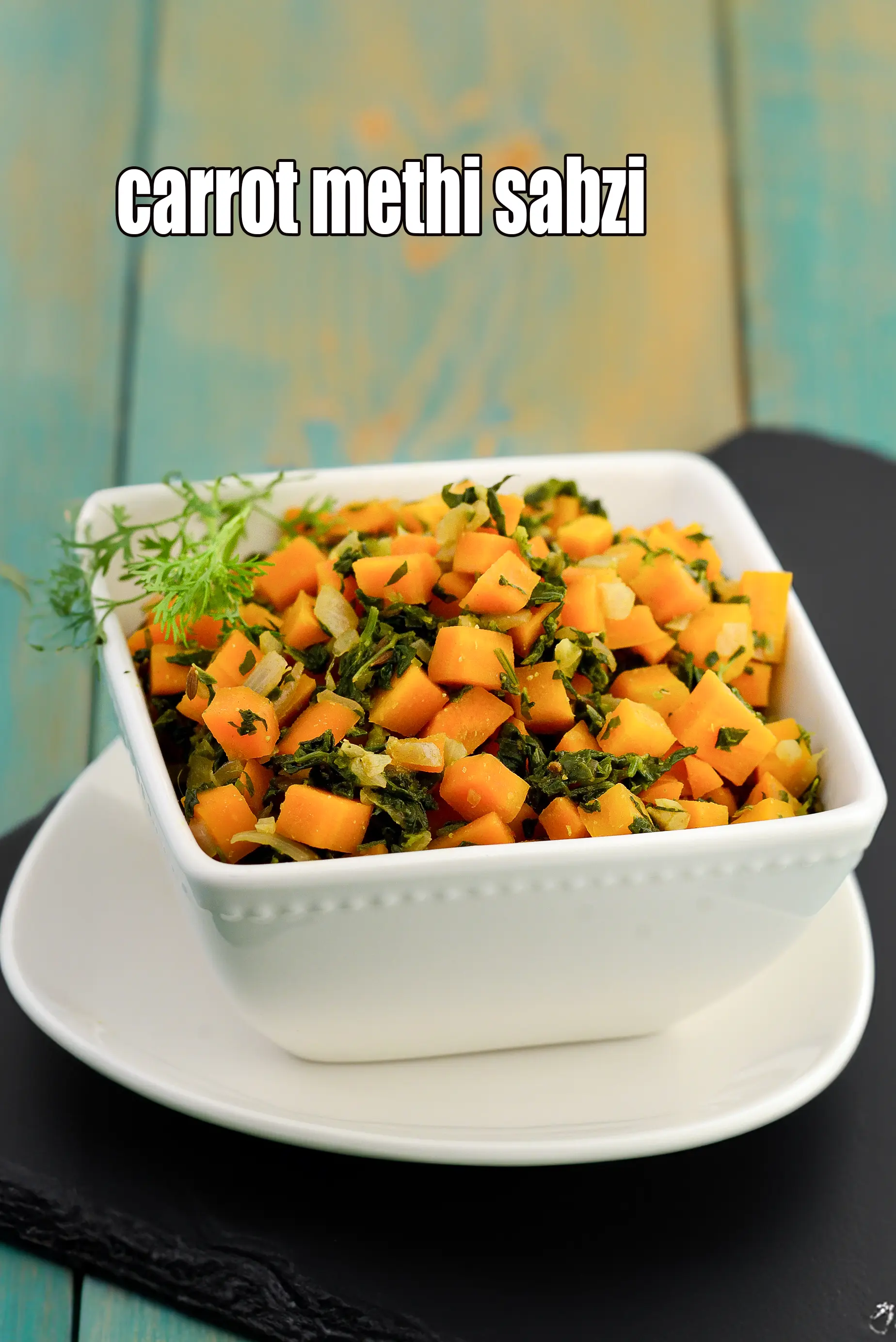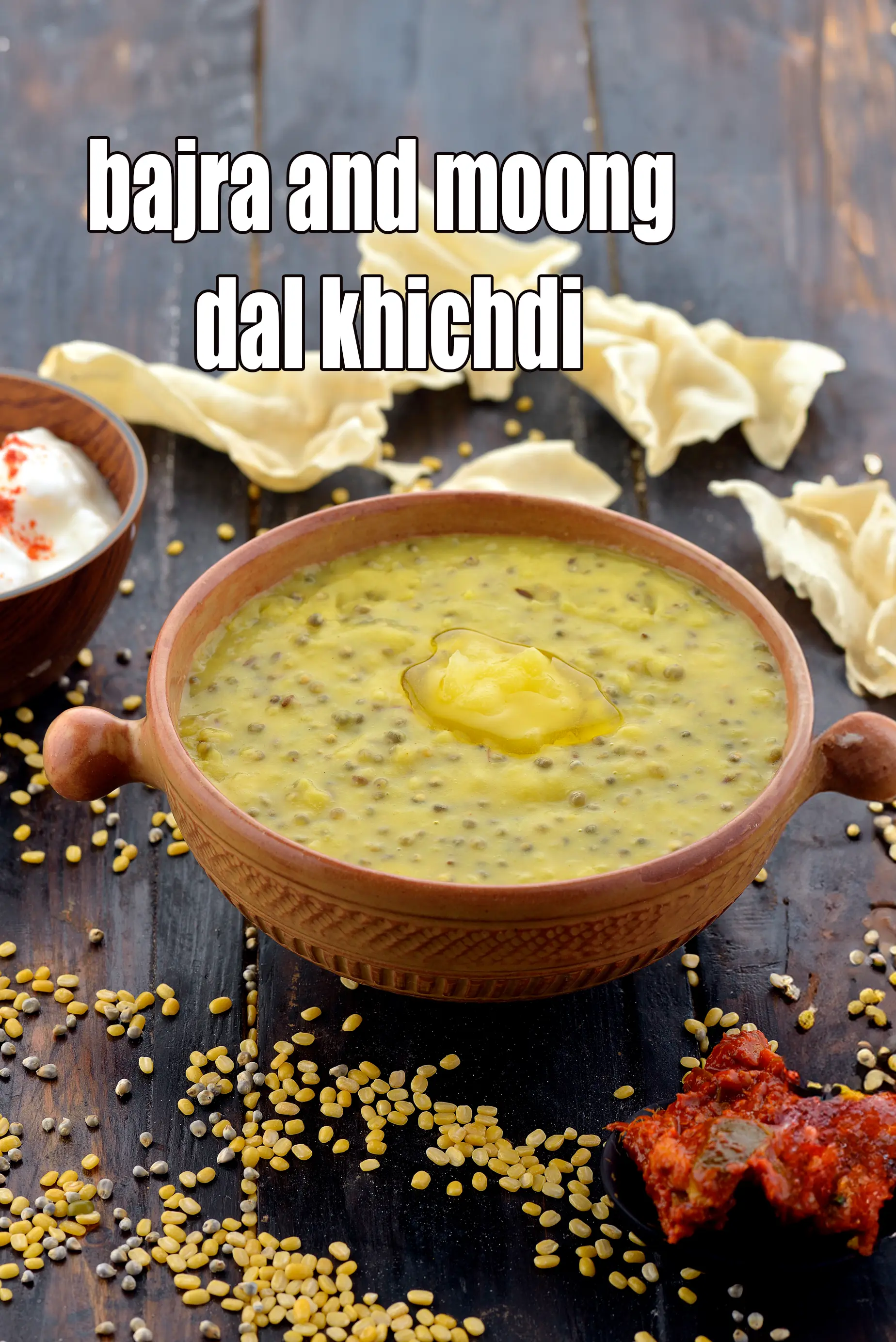Nutritional Facts of Gobi Matar, Gobi Matar ki Sabzi, Calories in Gobi Matar, Gobi Matar ki Sabzi
This calorie page has been viewed 7252 times
Table of Content
How many calories does one serving of Gobi Matar sabzi have?
One serving (200 grams) of Gobi Matar sabzi gives 242 calories. Out of which carbohydrates comprise 47 calories, proteins account for 17 calories and remaining calories come from fat which is 179 calories. One serving of Gobi Matar provides about 12.1 percent of the total daily calorie requirement of a standard adult diet of 2,000 calories.
Gobi Matar sabzi makes 800 grams sabzi, serves 4 at 200 grams per serving.
242 calories for 1 serving of Gobi Matar, Gobi Matar ki Sabzi, Cholesterol 0 mg, Carbohydrates 11.8g, Protein 4.3g, Fat 19.8g. Find how much fibre, iron, calcium, zinc, magnesium, phosphorus, sodium, potassium, folic acid is present in Gobi Matar, Gobi Matar ki Sabzi.
See gobi matar sabzi recipe | matar gobi sabji | healthy gobi matar sabzi | with 32 amazing images.
gobi matar sabzi is a popular dry Punjabi sabzi. Learn how to make matar gobi sabji.
Gobi is called cauliflower and Matar is nothing but green peas. gobi matar sabzi is also called cauliflower peas masala.
This fabulous gobi matar sabzi makes use of cauliflower and green peas, along with other complementary veggies like onions and a coconut-based masala. Cooked with little oil, this tempting, aromatic sabzi makes for guilt-free eating!
To make gobi matar sabzi, first make a smooth paste of coconut, green chillies, ginger, and garlic by blending them in a mixer. Then combine the onions, coriander, turmeric powder, coriander-cumin seeds powder, chilli powder, prepared paste, oil and salt in a deep bowl and mix well to make a marinade. Add the cauliflower and green peas to this prepared marinade, mix well and keep aside to marinate for 15 minutes. Transfer it into a deep non-stick kadhai, add 1¼ cups of water, cover and cook for 15 minutes, 5 minutes on high, 10 minutes on medium flame, stirring every 5 minutes or until the vegetables are tender. Serve hot.
In India we use fresh green peas to make gobi matar sabzi as they have a better flavour. When not available use frozen green peas.
This sukha version of gobi matar goes very well with chapatis, phulkas, bajra roti and jowar roti. We use vas a side veggie dish with dal-rice. gobi matar makes a perfect tiffin box lunch option with chapatis.
Garnish gobi matar sabzi with chopped mint leaves or coriander leaves.
Pro tips for gobi matar sabzi. 1. Use medium sized florets of cauliflower as too small ones may turn mushy after cooking. 2. Use coconut oil for a healthier diet and say no to processed seed oils. 3. Cover and cook for 15 minutes, 5 minutes on high, 10 minutes of medium flame, stirring every 5 minutes or until the vegetables are tender. 4. For the paste, if you don’t have grated coconut, then use finely chopped coconut so as to get a smooth paste after blending.
Is Gobi Matar sabzi healthy?
Yes, this is healthy. But restrictions apply to some and switch to brown rice.
Let's understand the Ingredients.
What's good.
Cauliflower (phool gobi) : Cauliflower is extremely low in carbs and therefore does not raise blood glucose levels quickly. One cup Cauliflower provides you 100% off your daily recommended allowance of Vitamin C. It is rich in Antioxidant. Being rich in Indoles, Cauliflower and other Cruciferous Vegetables like broccoli, kale, radish, brussel sprouts, red cabbage maintain Oestrogen balances which is crucial for women. Read here for detailed benefits of cauliflower.
Green Peas : Green peas are good for weight loss, good source of vegetarian protein and have insoluble fibre to relieve constipation. Legumes like green peas, cow peas, mung, chick peas and kidney beans have a cholesterol lowering effect. Green Peas are rich in Vitamin K which aids in bone metabolism. Green peas have a Glycemic Index (GI) rank of 22 which is low and good for diabetics. Is green peas good for diabetics and see the full benefits of green peas.
Onions (pyaz, kanda) : Raw onions are a very valuable source of vitamin C – the immune building vitamin. Along with other phytonutrients from onions, it helps to build WBC (white blood cells) which serves as a line of defence against illness. Yes, it’s a source of many antioxidants, the most important one amongst them being Quercetin. The quercetin in Onions promotes production of HDL (good cholesterol) and lowers total cholesterol in the body. The sulphur in onions act as a blood thinner and prevents blood clotting too. This in turn would lower blood pressure and good for heart, diabetics. Read the benefits of onions.
Coriander (kothmir, dhania) : Coriander is a fresh herb often used as a flavour enhancer in Indian cooking. It is mainly used as a garnish. This is the best way to use it - no cooking. This preserves its vitamin C content which helps to build our immunity and bring that sparkle to the skin. The antioxidants vitamin A, vitamin C and the quercetin present in coriander works towards strengthening our immune system. Coriander is a fairly good source of iron and folate – the 2 nutrients which help in the production and maintenance of red blood cells in our blood. Good for reducing cholesterol and good for diabetics. Read 9 benefits of coriander to understand details.
Coconut Oil : Use coconut oil instead of processed seed oils like soyabean oil, canola, sunflower oil, corn oil and other omega-6 rich oils should be used in very low amounts. Coconut oil is a medium chain triglycerides (MCT’s). Unlike other fats, they go directly from the gut to the liver. From here, they are then used as a source of energy. As the calories in MCT’s are used straight away, they are less likely to be stored as fats in the body. MCT's have shown to improve your brain and memory function, they also give a boost to your energy levels and improve your endurance. The MCT in Coconut oil reduces the LDL cholesterol (bad cholesterol) while increasing the count of HDL cholesterol, maintaining normal blood pressure and good for diabetics. See detailed benefits of coconut oil.
Can diabetics, heart patients and over weight individuals have Gobi Matar sabzi ?
Yes as
- Cauliflower is extremely low in carbs and therefore does not raise blood glucose levels quickly. One cup Cauliflower provides you 100% off your daily recommended allowance of Vitamin C.
- Green peas have a Glycemic Index (GI) rank of 22 which is low and good for diabetics.
- Coriander is a fairly good source of iron and folate – the 2 nutrients which help in the production and maintenance of red blood cells in our blood. Good for reducing cholesterol and good for diabetics.
Gobi matar sabzi is rich in Vitamin C, Fiber, Phosphorus, Folic Acid.
- Vitamin C : Vitamin C is a great defence against coughs and colds. Have citrus fruits, lemons, vegetables ( capsicum, broccoli, cabbage). 61% of RDA.
- Fiber : Dietary fiber reduces the risk of heart disease, prevents the spike in blood sugar levels and hence super for diabetics. Consume more fruits, vegetables, moong, oats, matki, whole grains. 24% of RDA.
- Phosphorus : Phosphorus works closely with calcium to build bones. 18% of RDA.
- Folic Acid (Vitamin B9): Folic acid is an essential vitamin required throughout pregnancy. Folic acid rich Indian foods (kabuli chana, chana dal, yellow moong dal, urad dal, tooval dal, til ) 12% of RDA.
DAL + ROTI (cereal) enhances protein value
Combine chana dal with bajra roti, jowar roti, radish nachni roti recipe , basic ragi roti recipe or whole wheat roti, whole wheat bhakri recipe to make a healthy combination. Note that when you combine any dal with any cereal like bajra, jowar, ragi, buckwheat, barley or whole wheat to enhance the protein value.
Bajra Roti
| Energy | 242 cal |
| Protein | 4.3 g |
| Carbohydrates | 11.8 g |
| Fiber | 5.9 g |
| Fat | 19.8 g |
| Cholesterol | 0 mg |
| Vitamin A | 432.7 mcg |
| Vitamin B1 | 0.1 mg |
| Vitamin B2 | 0.1 mg |
| Vitamin B3 | 0.9 mg |
| Vitamin C | 24.5 mg |
| Folic Acid | 23 mcg |
| Calcium | 34.6 mg |
| Iron | 1.4 mg |
| Magnesium | 30.7 mg |
| Phosphorus | 107.6 mg |
| Sodium | 18.4 mg |
| Potassium | 156.6 mg |
| Zinc | 0.4 mg |
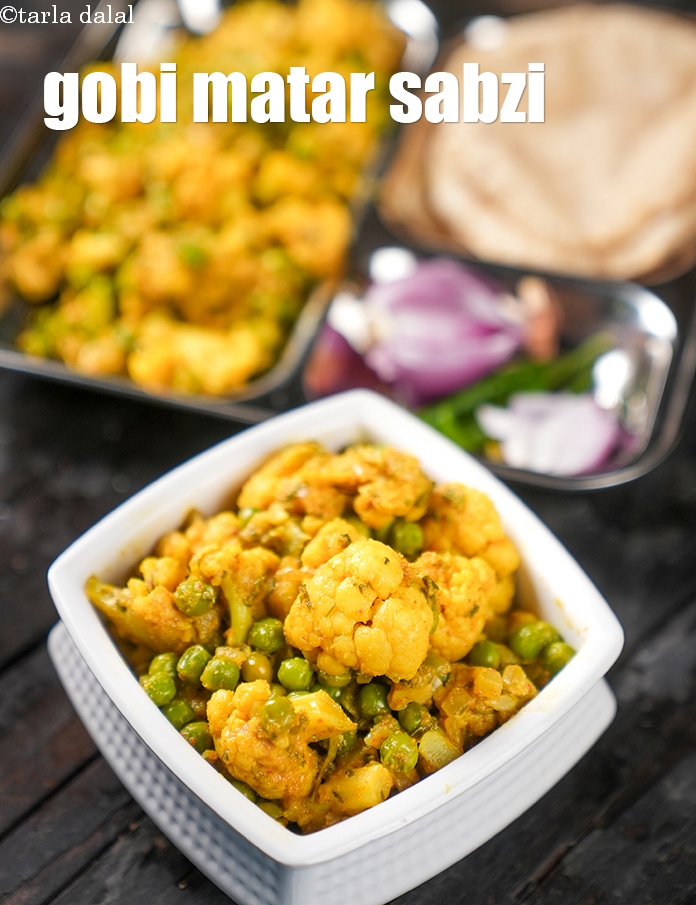
Click here to view Gobi Matar, Gobi Matar ki Sabzi
Calories in other related recipes

